Definition
A flight controller - (aka: brains, flight board, computer, controller) is a device that allows a copter to fly by controlling throttle, pitch, roll, yaw).
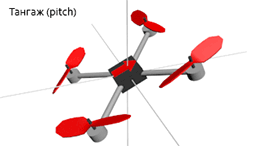
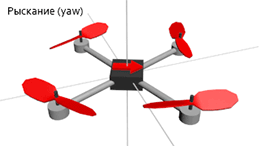
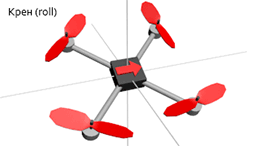

Functions
In general, the flight controller performs the following functions:
- Collects information from sensors (installed on it or external: compass, GPS, gyroscopes, etc.);
- Sets / calculates its position in space, according to the sensors;
- Collects information about external control actions (stick deflections by the pilot or the next step of the program / autopilot algorithm);
- Calculates discrepancies and Proportional-Integral-Differential (PID) coefficients, in accordance with the firmware / program of autopilot or manual control;
- Sends control / correction signals to the actuators (to the speed controllers). (IIC / I2C), where the regulator mode is set by a digital signal: the first one defines the device address, the second sets a value from 0 to 255. The PWM method is most often used.
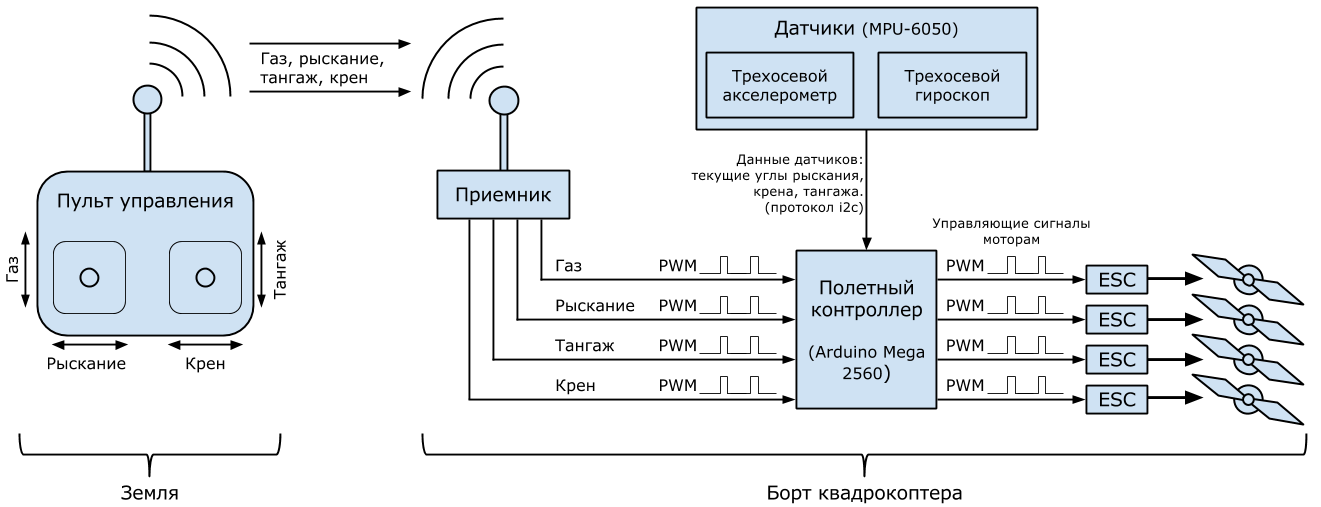

What are they?
Flight controllers from various manufacturers are widely represented, such as MultiWii, Ardupilot, 3DRobotics (Pixhawk), HoverFly Pro (OpenPilot and CopterControl), CopterControl3D (CC3D Rabbit Flight Controller), Mikrokopter, etc. Most of them have "open code ", which means the software ability to change any parameter of the flight controller, up to writing your own program / firmware for copter control. The quality and cost of such "brains" are usually lower, and the opportunities for experiments are incomparably greater, as are the opportunities for error.

Which is better?
There is a simple rule - the more expensive the flight controller, the more stable and reliable the multicopter will be. The fact is that leading manufacturers use quality hardware components and quality software for configuration and management. These manufacturers include DJI with the Naza-M V2 controller, its lite version - NAZA-M Lite, as well as the professional WooKong-M and A2.
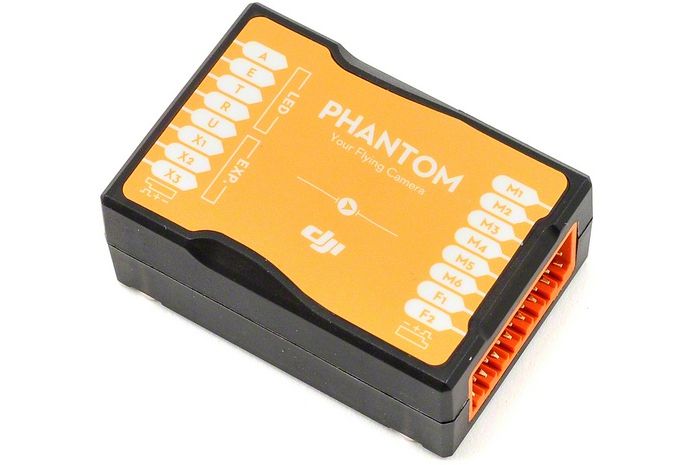
Among the advantages, it should be noted: rather convenient location of the connectors for connecting the necessary devices and related peripherals; reliability of connectors; plastic case for protection from external influences. There is also a built-in vibration isolation to protect sensitive sensors located on the board from harmful vibrations of the flight controller case, which inevitably arise during the operation of the power plant. Thus, we can say that this is a finished product, maximally prepared for flights "out of the box".
Almost all "famous" controllers have copies, sometimes of rather good quality, which sometimes cannot leave you indifferent when building, for example, a backup device. One way or another, this choice is more likely from a series of "religious" ones. In any case, when choosing a flight controller, remember that this is the "brain" of your system, and most importantly when flying - safety (and the avaricious pays twice).
.







